
The Kreutzer Sonata
May 1, 2020
On May 24th, 1803, one of Ludwig van Beethoven’s most renowned and revered works, the Kreutzer Sonata, Opus 47, for Violin and Piano, was performed for the first time. The Sonata’s three movements run the gamut from ardent lyricism to high-wire virtuosity. During that first performance, George Bridgetower, the brilliant Afro-European violinist for whom it was written, spontaneously mimicked an elaborate piano arpeggio in the score. Beethoven looked up from the piano in astonishment, ran across the stage, embraced Bridgetower, and then continued playing. The performance was a triumph. Subsequently, the composer wrote on the manuscript’s title page in jest: Sonata per un mullattico Lunatico. Soon however, Beethoven and Bridgetower had a falling out over the violinist’s thoughtless off-color remark about a woman of Beethoven’s acquaintance. The composer then rededicated the Sonata to another famous violinist of the day, Rudolf Kreutzer. Kreutzer declared the sonata unplayable and apparently never performed it. Challenging as the work undoubtedly is, its playability is born out by the succeeding generations of violinists who have performed it successfully. If not for poor Bridgetower’s insensitive remark, the Kreutzer Sonata would have forever more been called the Bridgetower Sonata.
Despite its colorful beginnings, the sonata seemed destined to simply join the ranks of Beethoven’s many other masterpieces, but in 1888, the Russian author, Leo Tolstoy, heard the Kreutzer Sonata performed. He was so affected that he arranged for it to be played again, setting in motion the writing of his 1889 novella, The Kreutzer Sonata, in which a husband goads his wife into performing Beethoven’s Kreutzer Sonata with a violinist of great allure. Music, sexual attraction, jealousy, and murder are the Novella’s subjects. Tolstoy, known as much for his role as a social critic and moralist as an author, was always in trouble with the Russian authorities. True to form, he caused an instant scandal with the book’s publication. While the Russian censors only threatened to ban it, the United States postal service actually did, by banning the mailing of a serialized newspaper version. In the same year, Theodore Roosevelt called Tolstoy a sexual moral pervert. Although the tale came from a true story that was in the newspapers and widely discussed at the time, it reflected Tolstoy’s own struggle as he evolved from debauched youth to troubled husband challenging the very concept of love and marriage, and eventually to non-violent and spiritual anarchist.
The Kreutzer Sonata had unexpectedly been uprooted from its revered place in music to become the vehicle for a strange morality tale. What would Beethoven, forever critical of others’ morals, have thought of it, or for that matter George Bridgetower- tall, good-looking, and with an eye for the ladies?
But Beethoven’s masterpiece was destined to jump tracks yet again. Another Leo, the Czech composer, Leoš Janáček, composed a string quartet in 1923 entitled “Kreutzer Sonata” based on Tolstoy’s Novella. The Quartet’s first movement suggests the couple’s unhappy marriage and contrasting themes of love, jealousy, and bickering. The second movement introduces the violinist, depicted sinisterly by an unpleasant and nasal musical figure. The third movement presents the musicale that the jealous husband has provoked in which the “Kreutzer” is played. Janáček actually quotes a well-known passage from Beethoven’s Kreutzer Sonata interspersed with wildly unpleasant sounds suggesting the husband’s agitated state. Little imagination is needed to hear the act of murder being carried out in the fourth movement. The strings slash and pick at their instruments in a way that eerily and graphically demonstrates the stabbing itself. As the wife lies dying, the longing music from the first movement returns, bringing the husband a brief moment of remorse. At rehearsals for the first performance, Janacek challenged the members of the Bohemian String Quartet: “Let’s play that ending twice as fast—We must fight against the subjugation of women!”
As reflected in his most important operas, Janacek had great sympathy for the plight of women in his time. In a letter to his friend, Kamila Stösslova, he wrote “…I had in mind a poor woman, tormented, beaten, battered to death…”. Ironically, Janáček showed far less concern for his own wife who suffered greatly from his utter infatuation with Kamila Stösslova, a woman half his age when he met her in his sixties. She was in large part responsible for a remarkable outpouring of creative energy during the last twelve years of his life. Although never consummated, (she was also married), their relationship is well documented in the over seven hundred letters they exchanged.
The three Kreutzer Sonatas by three towering artists unquestionably stand on their own as great works of art. But in a period of one-hundred-and-twenty years, Beethoven’s music unexpectedly becomes a vehicle for woman’s rights. Who would have thought that a violinist’s tasteless remark would eventually evolve into a cry against the subjugation of women?
Have we come to the end of this curious Kreutzer Sonata tale? With pressing women’s issues of abuse, discrimination, and inequality front and center these days, perhaps a new Kreutzer Sonata as dance, painting, film, theatre, or something as yet totally unimaginable is being created at this very moment.
Kreutzer Sonata, allow me to introduce you to the #MeToo Movement.
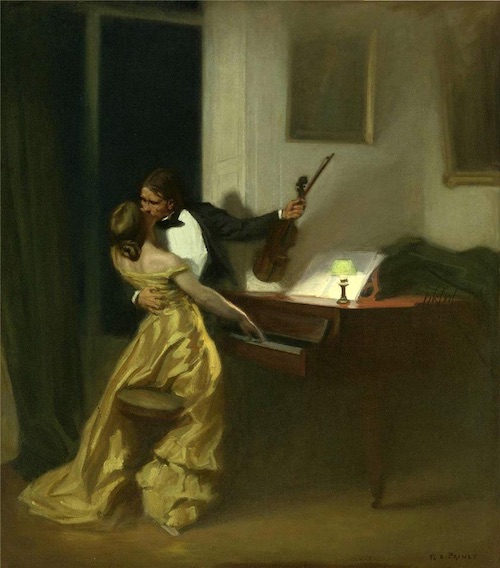
Kreutzer Sonata, painting by René François Xavier Prinet (1901), based on Leo Tolstoy’s 1889 novella, The Kreutzer Sonata
Subscribe
Sign up to receive new stories straight to your inbox!





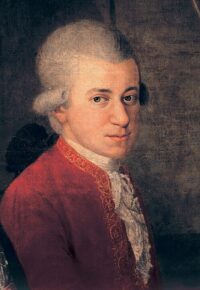

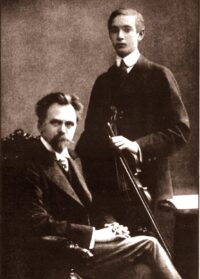



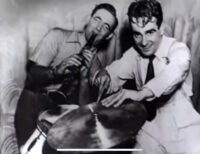
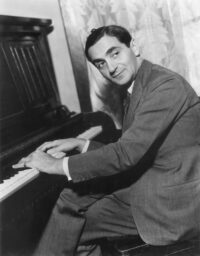
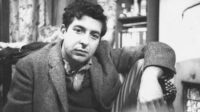

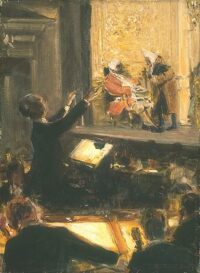



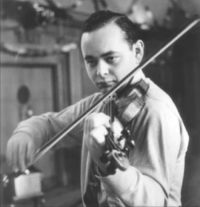
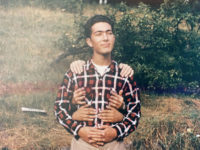





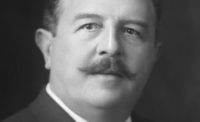

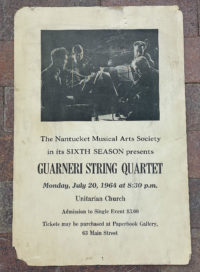






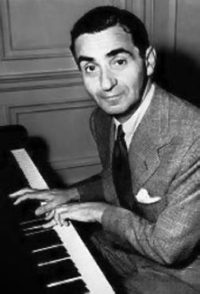
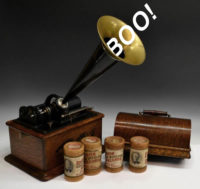


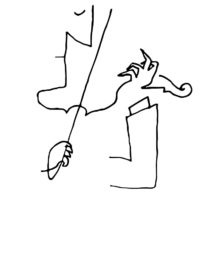
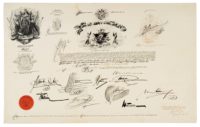
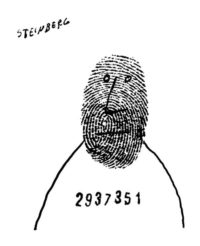


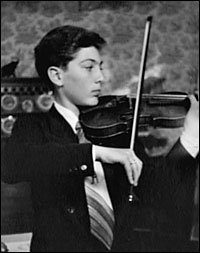



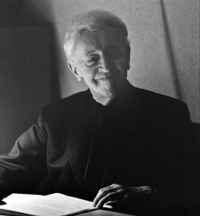






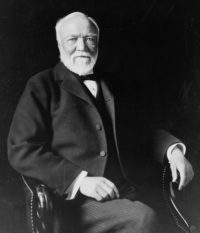

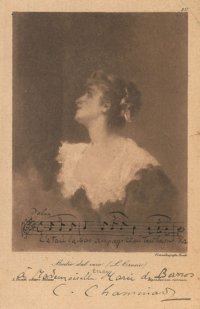
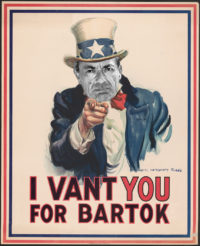
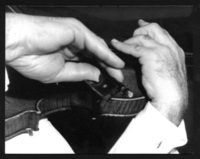








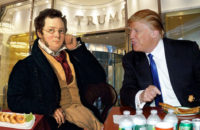



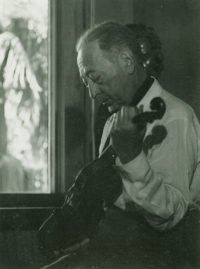



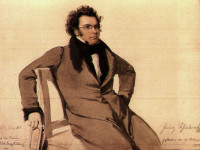
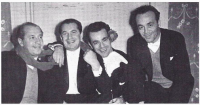



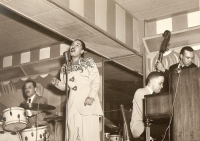
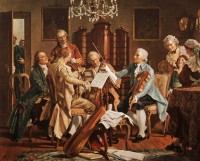
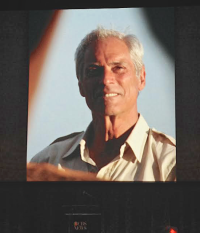
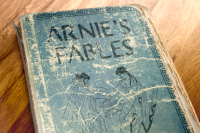
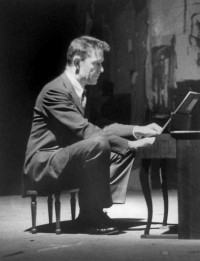




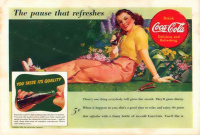
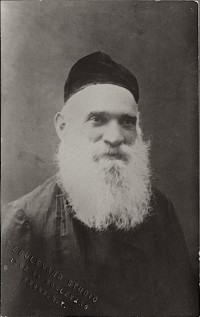





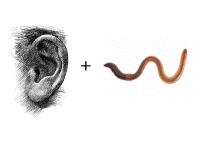
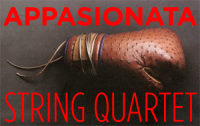



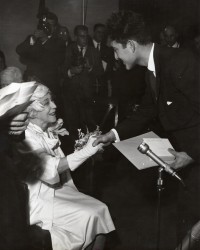

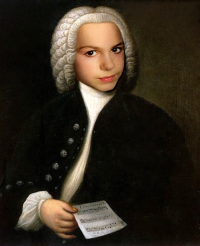

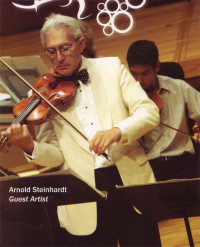
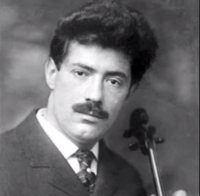


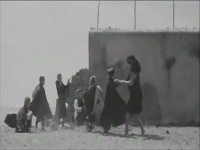



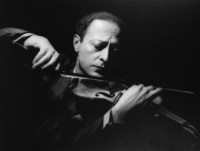
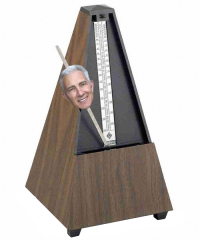


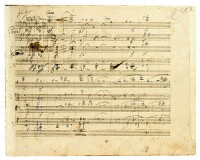



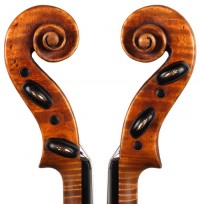


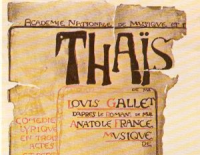



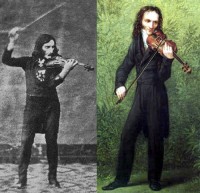


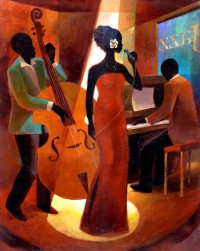
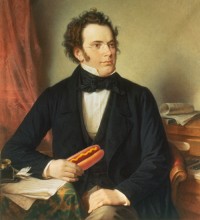


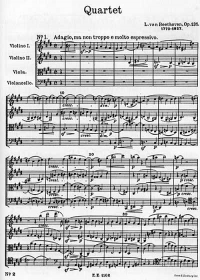



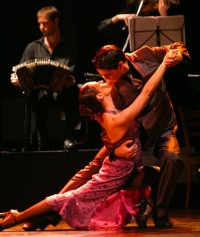

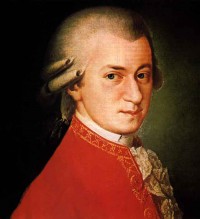
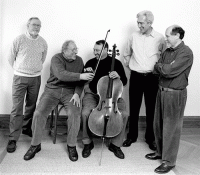




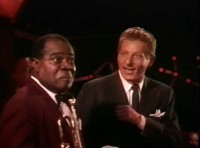



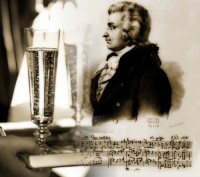

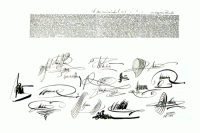


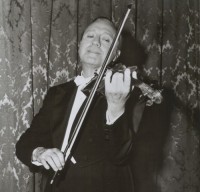







Comments
What a wonderful and insightful commentary! Lots to think about as I listen to Beethoven’s exciting sonata. Now I want to read Tolstoy’s novella and listen to Leoš Janá?ek.
It is always with great anticipation when I see another installment of your delightful articles in my email. As a former student of yours from 50 years ago (Harpur) it is a privilege to continue learning from you. Thank you for sharing your knowledge, humor and grace, especially during these trying times.
Listening to it now. Lovely.
Love the story! Elegantly told, as usual, by you. Most appreciated.
I would never imagine your two protagonists – Beethoven and Tolstoy – to be mentioned in the same breath, let alone leave side by side for eternity in the legend of The Kreutzer Sonata, as told by you here on your excellent “In the Key of Strawberry”. Amazing. Incredible. Sizzling
Love, Hava
Fascinating! Having been listening to the Kreutzer Sonata for decades but needless to say, never knew any of that, especially the Bridgetower connection.
Hope you are staying safe and well. All best, Marianne
Dear Maestro Steinhardt, your stories are soooooo interesting! Thank you. I’ll never play/hear the Kreutzer Sonata quite the same :-)
Dear Mr. Steinhardt, Forgive me for sending a comment unrelated to your blog post. You always do something to the dusty area of your strings between movements and pieces. I wonder if it’s a technique of silently cleaning the string, which I would love to learn. Thank you, sir, for your blog and your music.
Leave a Comment
*/